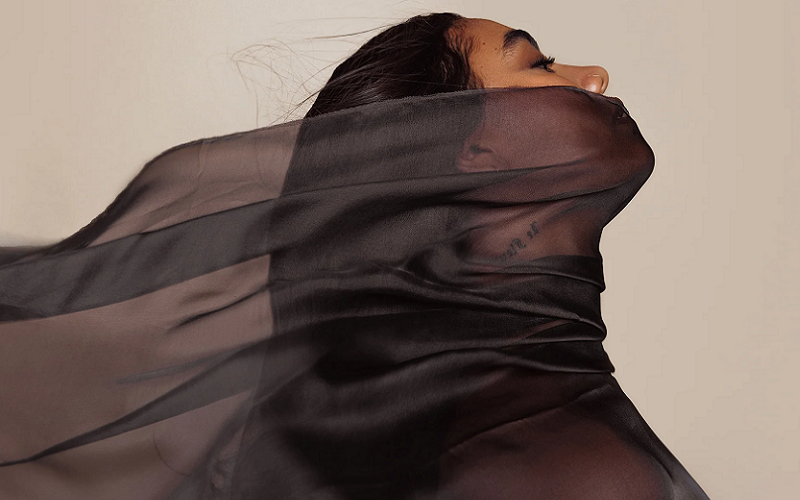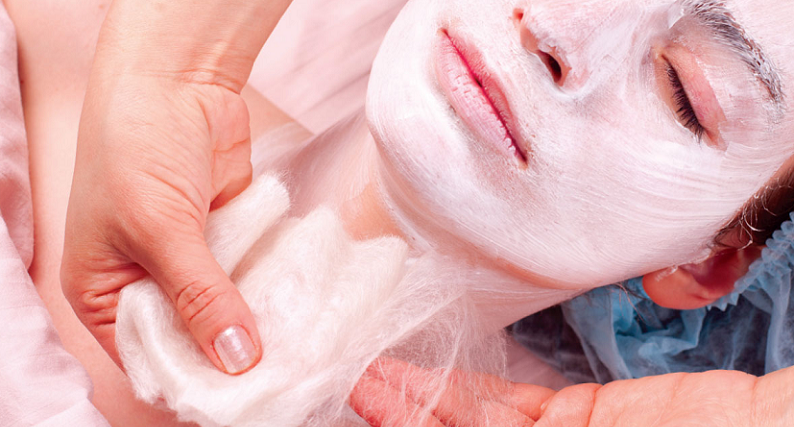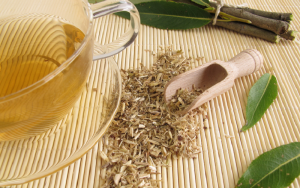
Did you know the fabric you wear or sleep on plays a significant role in maintaining the health of your skin? It’s true – the connection between our skin and textiles is much deeper than it seems on the surface. Here we explore the luxurious world of silk and its remarkable benefits to skin health. From its hypoallergenic nature to its ability to keep your skin hydrated, silk is a powerhouse textile that dermatologists endorse and luxury lovers admire.
Contents
Introduction to Skin and Textiles
Often, we prioritize creams, serums, and diet when thinking about skincare, rarely sparing a thought for the textiles that come into contact with our skin daily. However, the fabric you choose to wear or sleep on can significantly affect your skin’s health and appearance. The connection between skin and textiles is deeper and more intricate than it might initially seem.
The skin, the body’s largest organ, serves as the first line of defense against external aggressors. Its health and appearance are influenced by numerous factors, one of which is the material of the clothes and bed linens we use.
Different textiles have varied properties, and these can affect the skin differently. For instance, rough, synthetic fabrics may cause skin irritation and exacerbate certain skin conditions. On the other hand, natural, soft fabrics like silk can have a soothing, beneficial effect on the skin. They allow the skin to breathe, maintain optimal temperature and moisture balance, and minimize irritation.
The Beauty of Silk: A Brief History
Silk, often referred to as the ‘queen of textiles,’ boasts a rich history dating back thousands of years. The discovery and subsequent utilization of this luxurious material have deeply influenced various aspects of society, from fashion and trade to skincare.
Origin of Silk and Its Uses
The origin of silk is steeped in ancient Chinese history. Legend has it that around 2700 BC, Empress Leizu discovered silk when a cocoon fell into her tea cup and started to unravel. The empress was fascinated by the strength and beauty of the fiber. It is from this point that the art of sericulture, or silk cultivation, was born.
Originally, silk was reserved for the emperors of China for their personal use and gifts. However, over time, it began to be used more widely, becoming a symbol of status and elegance. Its popularity eventually spread across Asia and into Europe via the famous Silk Road, a network of trade routes connecting East and West.
Silk’s uses expanded beyond clothing and decoration. In traditional Chinese medicine, silk was often used in treatments due to its inherent healing properties. This, in essence, marked the beginning of silk’s journey in skin care [1].
Traditional Use of Silk in Skin Care
The practice of using silk for skin health and beauty isn’t a novel concept. In fact, it’s a tradition that has been passed down through centuries. Silk was often used to make face masks and beauty accessories in ancient times. The ladies of imperial courts in Asia used silk to protect their skin from the elements and maintain their complexion.
The cooling nature of silk was believed to balance the body’s heat, while its smooth texture prevented marks on the skin, contributing to a clear and smooth complexion. These ancient uses underscore silk’s long-standing association with skincare, hinting at its dermatological benefits that science has begun to reveal in modern times.

The Science Behind Silk: Why It’s Skin-Friendly
Silk isn’t just a luxurious textile; it’s a marvel of nature with unique properties that make it incredibly skin-friendly. Its unique protein structure and impressive ability to balance moisture and heat are what set silk apart from other textiles.
Silk’s Protein Structure and Its Relevance to Skin Health
The primary component of silk is fibroin, a protein. This protein structure is one of the key reasons why silk is so beneficial for skin health. Silk fibroin shares a similar structure to the proteins in human skin, including collagen, which provides structure to our skin and other parts of our body.
This similarity in structure means that silk is recognized by your skin as a ‘friend’, causing minimal irritation or allergy risk. Moreover, silk proteins are known to aid in skin repair, enhancing skin elasticity, and promoting a healthy skin microbiome. The amino acids in silk also play a significant role, offering antioxidant properties and aiding in skin hydration [2].
How Silk Balances Moisture and Heat
Silk’s exceptional ability to regulate moisture and temperature is another factor contributing to its skin-friendliness. Silk is a breathable fabric, meaning it allows for efficient air circulation, which can help prevent excessive sweating and keep your skin cool and dry. This breathability, coupled with silk’s moisture-wicking abilities, helps to maintain an optimal level of hydration in the skin, preventing both excessive dryness and moisture build-up.
Moreover, silk is a natural thermal regulator, able to maintain a comfortable temperature regardless of the season. It keeps you cool during summer and warm during winter, preventing temperature-related skin issues like excessive dryness in cold weather [3].

Benefits of Silk to Your Skin
Silk’s protein structure and temperature-regulating properties play significant roles in providing these benefits, including hypoallergenic comfort, anti-aging effects, enhanced skin hydration, and support for sensitive skin.
Silk’s Hypoallergenic Nature: Less Irritation, More Comfort
One of the key dermatological advantages of silk is its hypoallergenic nature. Thanks to its unique protein structure, silk is resistant to various allergens like dust mites, mold, and fungi, which can irritate the skin and trigger allergic reactions.
This hypoallergenic quality makes silk a superb choice for individuals with sensitive skin or those suffering from conditions like eczema or asthma. The minimal friction caused by silk also reduces skin irritation, leading to a comfortable, soothing experience for your skin [4].
Anti-Aging Benefits: How Silk Prevents Wrinkles
Another compelling reason to incorporate silk into your routine is its anti-aging properties. Because of its smooth texture, silk causes less friction than other materials, which means less pulling and tugging on the skin. This reduced friction can help prevent the formation of fine lines and wrinkles, particularly in areas of the skin that are often in contact with textiles, like the face.
Furthermore, silk’s ability to maintain a suitable hydration level helps keep the skin plump and youthful, further aiding in the fight against premature aging.
Silk’s Role in Skin Hydration
We touched upon silk’s ability to regulate moisture earlier. To elaborate, silk’s protein structure aids in maintaining the skin’s natural moisture balance. It allows your skin to breathe while effectively retaining necessary hydration, leading to a healthy skin barrier.
Silk’s moisture-wicking properties also mean it can draw excess moisture away from your skin, preventing a damp environment that can lead to skin irritations or breakouts [5].
How Silk Helps with Sensitive Skin and Skin Conditions
Lastly, the gentle nature of silk makes it beneficial for sensitive skin and those with specific skin conditions. As we’ve discussed, silk’s hypoallergenic quality makes it resistant to allergens, reducing irritation for sensitive skin.
Moreover, individuals with conditions like eczema or rosacea may find silk to be less aggravating than other fabrics. Its cooling effect can also soothe inflamed skin, providing relief during flare-ups [6].

Choosing Silk Products for Skin Health
By now, you may be convinced of the benefits of silk for skin health and are wondering how best to incorporate it into your routine. The beauty of silk is that it can be integrated into many aspects of our lives – from the pillowcases we sleep on to the clothes we wear.
Silk Pillowcases: A Beauty Sleep Must-Have
Silk pillowcases are perhaps the easiest and most effective way to introduce silk into your routine. As we spend a third of our lives sleeping, the fabric that comes into contact with our skin during this restorative time can have a significant impact on our skin health.
Opting for a silk pillowcase can reduce friction on the skin and hair, which in turn can minimize wrinkles, sleep creases, and hair frizz. It can also help maintain skin hydration, prevent overheating, and provide a hypoallergenic environment for your skin to repair and rejuvenate.
When choosing a silk pillowcase, look for one made of 100% mulberry silk with a high momme count (a measure of silk’s quality), ideally between 19 and 25 momme.
The Benefits of Silk Face Masks
In light of the recent emphasis on face masks, a silk face mask can be a beneficial addition to your routine. Silk face masks are gentle on the skin, reducing friction-induced irritation or maskne (mask-induced acne).
Plus, the breathable nature of silk and its ability to wick away moisture can prevent the buildup of sweat and bacteria, providing a cooler, cleaner environment for your skin.
Silk Beddings for Ultimate Skin Pampering
Extending the use of silk to your entire bedding can take your skin pampering to the next level. Silk sheets, like silk pillowcases, offer the same benefits on a larger scale – reduced friction, regulated temperature, and maintained skin hydration.
Remember to look for bedding made from high-quality, 100% silk for the best skin benefits.
Silk Clothing: Style and Skin Care Combined
Silk clothing isn’t just a fashion statement; it’s also a wise choice for skin health. Silk dresses, shirts, and sleepwear can provide the skin-friendly benefits of silk all day long. The smoothness of silk can reduce irritation and itching, while its breathable nature can help maintain a comfortable body temperature.
Choose clothing made from pure silk to ensure your skin receives the full range of benefits this luxurious material offers.
References
[1] Can silk really benefit your hair and skin routines? We asked experts to weigh in
[2] Influence of silk clothing therapy in patients with atopic dermatitis
[3] Do Silk Pillowcases Have Real Benefits? What Dermatologists Think
[4] Do Silk Pillowcases Really Benefit Your Skin and Hair?
[5] Clinical effectiveness of silk fabric in the treatment of atopic dermatitis
[6] 7 silk face masks that are good for your skin and for staying safe







